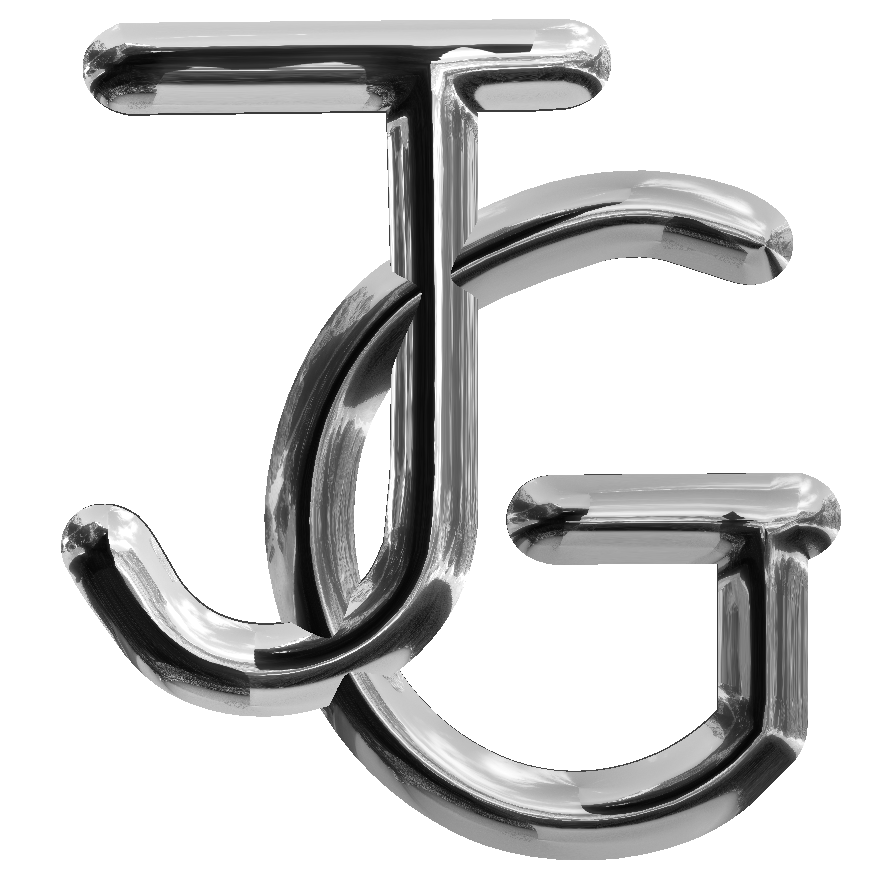Feb. 5 2019 – Its About The Photographer Not The Camera
Further to my earlier post in Sept 2018 I have had time to reflect on what equipment I have and the various findings published over the last few month about the Sony, Canon and Nikon mirrorless cameras when compared to similar pro-consumer DSLRs. I believe that camera basically fall into two categories – still photography such as landscape, portrait, studio work and action photography such as sports and wildlife (I am ignoring video for now and don’t have enough experience to comment on the more esoteric manufacturers such as Phase1, Fuji, Olympus, Panasonic) so my thoughts are on the three mainstream manufactures :
| Stills: |
Canon 5d IV |
Nikon D850 |
Sony A7R III |
| Action: |
Canon 1DX II |
Nikon D5/D850 |
Sony A9 |
I have also made some effort to research and reflect on the three manufactures in relation to landscape photography as I am just back from Death Valley (shots here) where the three stills bodies were used with similar focal length lenses by various photographers on the trip.
Death Valley reinforced my belief that for landscape (or anything thats not action photography) it’s really not about the camera, it’s about the photographer. Lenses did make some difference, but shooting style, landscape photo techniques, ease of use, imagination and ability to post process seemed to be more influential on quality than the body or some new gadget. For landscapes, most good cameras such as the Nikon D850, Canon 5d IV, Sony A7R III all give about the same really great results. Perhaps in the future I will laugh at this, but right now I feel “really great is good enough”. So the key criteria for success for landscape/stills type photography in my opinion are:
- Familiarity – understanding the layout of the cameras controls is much more important than bells and whistles.
- Glass – If a camera make/model can make any difference, it must be mated to quality glass with a similar resolving capability. Megapixels and quality of glass are related -one without the other is useless. Buy the best glass you can afford and don’t waist money on a great body with a cheap lens.
- Genre dictates equipment: The genre of the image (action, still, studio … defines which equipment works best. One body can’t do it all. Right now “action” bodies seem to boil down to lower megapixel in the low 20 MB with great auto focus, frame and buffer rates and high megapixel bodes >30 MB for still life.
- Post Processing – toning, sharpening, noise removal are generally not well understood and creative post processing is strangely limited – many good photographers simply not bothering to try.
- Weight – being able to fly and lift a kit is critical- if you can’t carry it, it’s worthless.
Lessons Learned – equipment:
- 5dsr – primary body (50 meg) which I could not use as much due to low light setup in the dark where it did not work at all (read on).
- 5d IV – backup body which I used for two thirds of all shots
- 100-400 zoom which many of my most creative shots originated. It’s a keeper for landscape and often used at 400. I was really glad I left my 70-200 at home.
- 1.4x teleconverter and my favourite shot was at 560mm on the 100-400.
- 11-24 used and highly creative yet with disappointing edge quality.
- 24-70 f2.8 my old standby that did not let me down but its a bit heavy and didn’t take great panos because I didn’t bring the pano rail.
- 17 Tilt Shift – used sometime when I had the time. It slows me down, sometimes thats good.
- two cable releases (one of which broke and caused endless grief). If a Canon will not focus, will not shoot or appears dead, pull the cable release out – that resets the camera and fixed it. Still, I was glad I had them, 2 second timer seems too fiddly.
- my think tank street walker is the perfect pack for international travel
What I wish I had brought and didn’t:
- Rail for panos – dammit I wish I had taken it.
- 16-35 F4 which I don’t own
So here are my conclusions for Landscape/still photography:
- My current Canon 5d IV works well enough. In theory it’s not as good as a D850 or Sony A7RIII but I could not see the difference in the final results posted from the various photographers (however the images were not at 100% but then I am not sure that matters since most shots aren’t viewed/judged at 100%). 5d IV has lower megapixel but for me I at least know how to overcome its weaknesses. HDR, manual focus stack are required using bodies from all 3 manufacturers. My Canon 17 Tilt Shift produces results better than regular lenses and I might add 16-35 F4 to my kit as other photographers produced images with it that my current system really can’t.
- I bracketed everything -2,0,+2. and focus stacked key images. This was essential but created 4500 files for 1300 images. Of the 38 images I consider “distinguished” only 3 were produced on the 50 meg 5DSR the rest were on the 5dIV. Part of the reason is the 5dsr won’t focus in the dark and surprising the 5d IV did. This allowed me to set up sunrise shots using Live View. I also could focus stack by touching the back of the 5d IV screen but gave up 20 MB of resolution over the 5dsr.
- So really nothings going to change for this year. If I was starting out I would go with Sony, but I have too much of an investment with Canon.
The following is the first portion of the this article I produced when the Canon R came out in Sept 2018.
Sept. 10 2018
I have decided not to purchase the first version of the Canon R series body as it doesn’t seem to be enough of an improvement over the image quality of the canon cameras I already own such as 5D IV, 5DSR or 1dx II. Here’s why:
- dynamic range has not improved (still well behind Nikon by 2 EV, 1EV less than Sony)
- size and weight not significantly improved – may be worse as new lenses are heavy/bulky yet faster with presumably better image quality
- most likely poorer battery life as the “live view” is running all of the time (sensor always active in mirrorless)
- Ease of Use. Although everyone who picks it up says it feels great, Canon has significantly changed the button layout – why would I bother learning something new with so few benefits and the above drawbacks.
- No pixel shift for high res landscape
Benefits
- Image quality may be better in camera as it dynamically(on the fly) adjusts for CA (fringing) and vignetting yet I can do that in post with Lightroom. So not sure its really better – will have to see.
- Drop in filter mount for my existing lenses which would be nice (but not for the new ones)
- Low light auto focus – but I don’t need that (turns out I do even for Landscape – so I was wrong on that one)
- Eye focus (with firmware update coming soon) which I would rarely use although portrait photographers would appreciate it
- Newer lens lineup – sharper and faster
- Video is better – but I don’t do much of that although I would like to
- The new lens mount allows for the future development of many new lenses with capabilities we have never seen – this was a wise move (also made by Nikon). The improved communication between the new lenses and new R body will allow many improvements today and well into the future. One example is low light auto focus which opens the aperture to full (say F2), autofocuses then closes the aperture to what you set it to (say F8). Result is superior AF with the new lenses. I don’t think the old lenses work that way.
So Canon has positioned this version of the “R” camera as a mid range, mid priced , mid quality camera – similar to the 5d IV which I already own (in some ways a bit better, in many ways a bit worse). For me, EOS R would be a landscape type of camera that wouldn’t live up to the 5dSR (in terms of resolution, which I already own and understand). It doesn’t compete with the Canon 1 DX (top of range – which I already own) so its not worth comparing it to a an action camera (in my case wildlife) since it simply isn’t an action camera by any measurement (slow frame rate, slow focus).
So no benefit purchasing for me at least not now. Version two perhaps.


